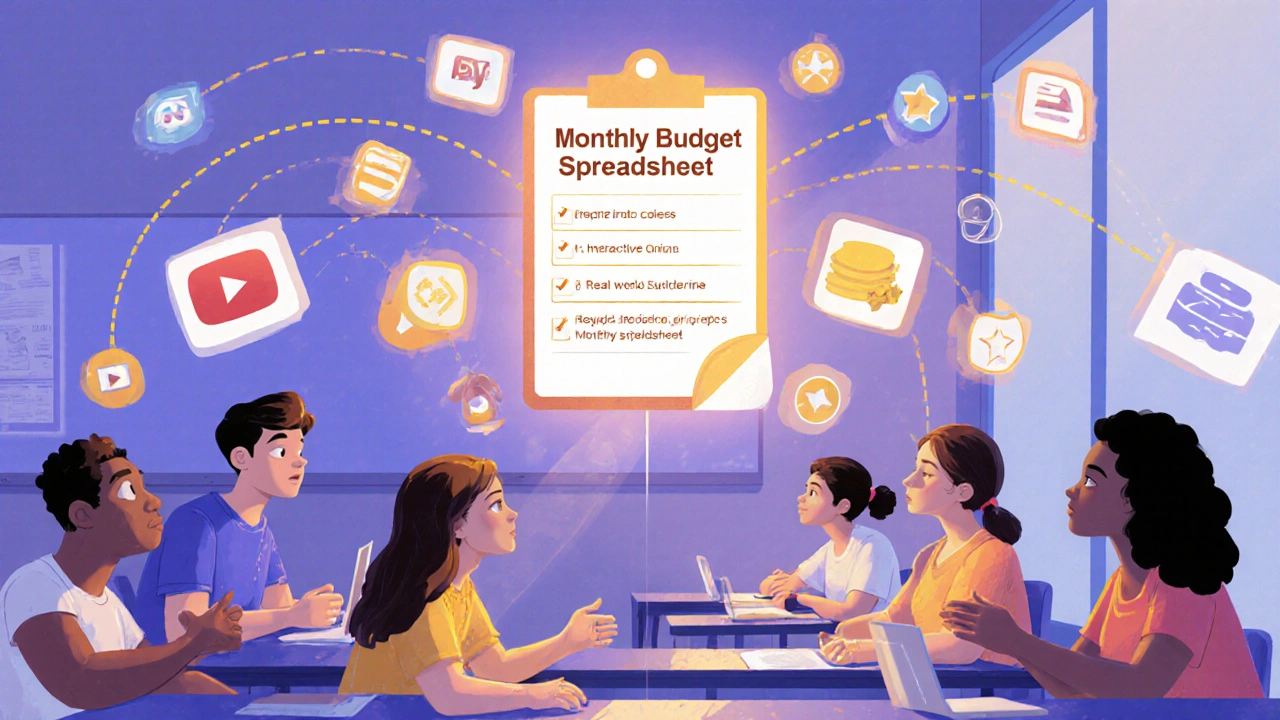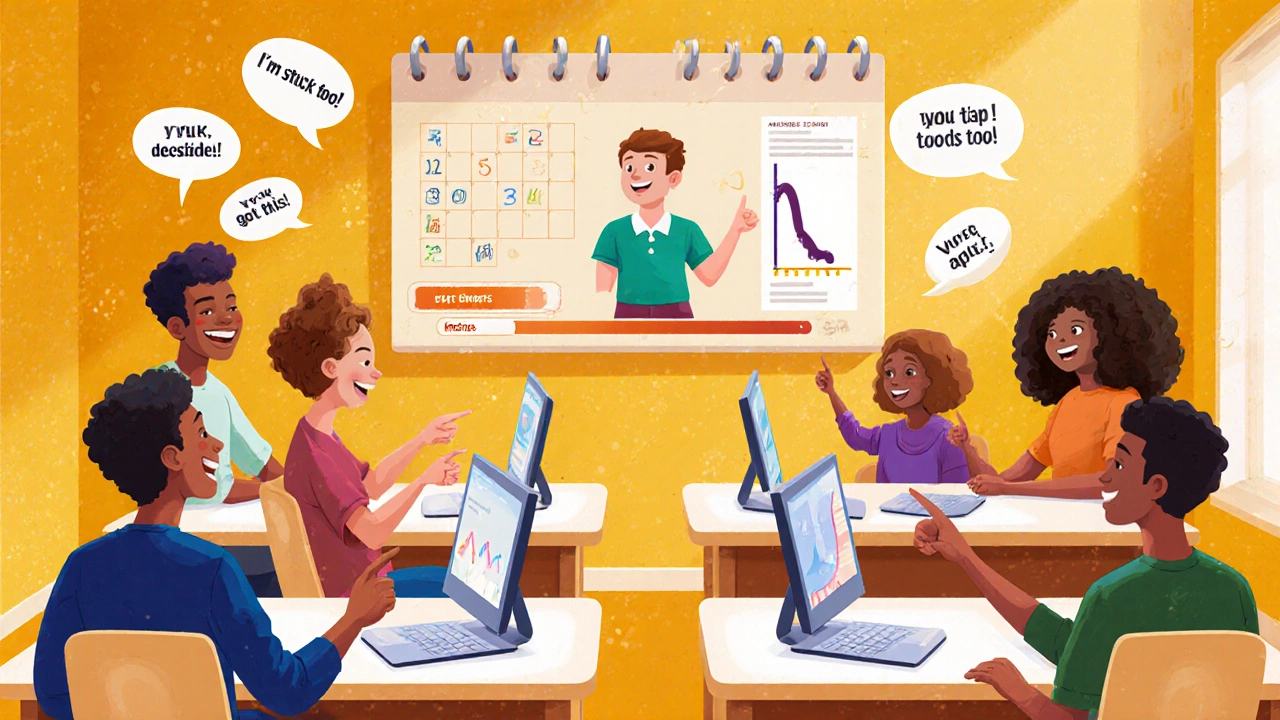Online Learning: What Works, What Doesn't, and How to Make It Stick
When you think of online learning, the delivery of education through digital platforms, often asynchronously, with tools like video, quizzes, and discussion boards. Also known as eLearning, it's not just about putting lectures on the internet—it's about designing experiences that keep people engaged, motivated, and actually learning. Most people assume online learning means watching a recording and clicking through slides. But the real ones—the ones that stick—use structure, feedback, and human connection to turn passive viewers into active learners.
It’s not magic. It’s design. micro-learning, short, focused learning bursts that fit into busy schedules and improve retention. Also known as bite-sized training, it’s why employees remember safety protocols after a 5-minute module but forget a two-hour webinar. gamification in online courses, using game-like elements like badges, points, and leaderboards to boost motivation and completion rates. Also known as behavioral nudges in education, it’s what turns a dull course into something people look forward to. And virtual classroom, a live, interactive online space where students and instructors meet in real time with video, chat, and shared tools. Also known as live eLearning, it’s the difference between watching a video alone and asking a question and getting an answer right away. These aren’t buzzwords—they’re tools that fix the biggest problem with online learning: isolation.
Some courses fail because they treat learners like data points. The best ones treat them like people—with attention spans, distractions, and real lives. That’s why escape rooms in courses work. Why clear READMEs in coding projects matter. Why proctored exams still have a place—even online. Why privacy rules like FERPA aren’t just legal boxes to check, but trust builders. And why a simple glossary can save someone from quitting a course out of frustration.
What you’ll find here isn’t theory. It’s what’s actually being used—by educators, course creators, and learners—who figured out that online learning doesn’t have to feel like a chore. Whether you’re building a course, taking one, or just trying to make sense of it all, these posts cut through the noise. No fluff. No hype. Just what works.

Differentiation Strategies in Online Learning Classrooms to Boost Engagement and Retention
Learn practical differentiation strategies for online classrooms that boost engagement and retention using adaptive learning techniques. Discover how to tailor content, feedback, and assessments to meet diverse student needs.

How to Identify and Re-Engage Inactive Students in Online Courses
Learn how to spot inactive students in online courses early and use simple, human-centered strategies to bring them back-without spam or guilt. Real tactics that work in 2025.

Complete Guide to Instructional Design for Online Learning
Learn how to design online courses that actually work. This guide covers learning outcomes, chunking, active learning, feedback, accessibility, and tools used by top instructional designers in 2025.

The Future of Online Learning: 2025 and Beyond
By 2025, online learning is powered by AI, virtual reality, and personalized paths that adapt to your life. Discover how micro-credentials, social learning, and embedded training are reshaping education-and what you need to know to stay ahead.

Course Cohorts vs Self-Paced Models: Which Keeps Students More Engaged?
Cohort-based courses keep learners engaged through structure and community, while self-paced models often lead to dropout due to isolation. Here’s what actually works for student retention and real learning.